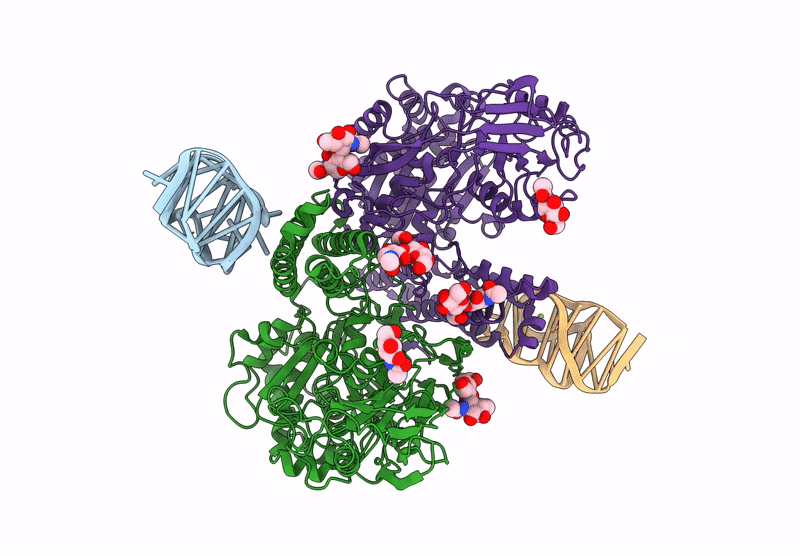
Deposition Date
2022-05-02
Release Date
2022-08-17
Last Version Date
2024-10-23
Entry Detail
PDB ID:
7ZQS
Keywords:
Title:
Cryo-EM Structure of Human Transferrin Receptor 1 bound to DNA Aptamer
Biological Source:
Source Organism:
Homo sapiens (Taxon ID: 9606)
unidentified (Taxon ID: 32630)
unidentified (Taxon ID: 32630)
Host Organism:
Method Details:
Experimental Method:
Resolution:
2.54 Å
Aggregation State:
PARTICLE
Reconstruction Method:
SINGLE PARTICLE


